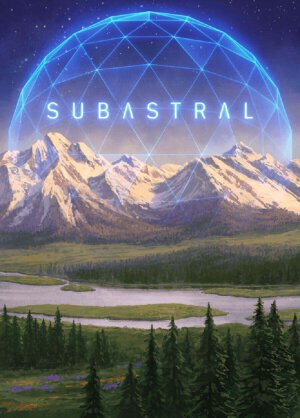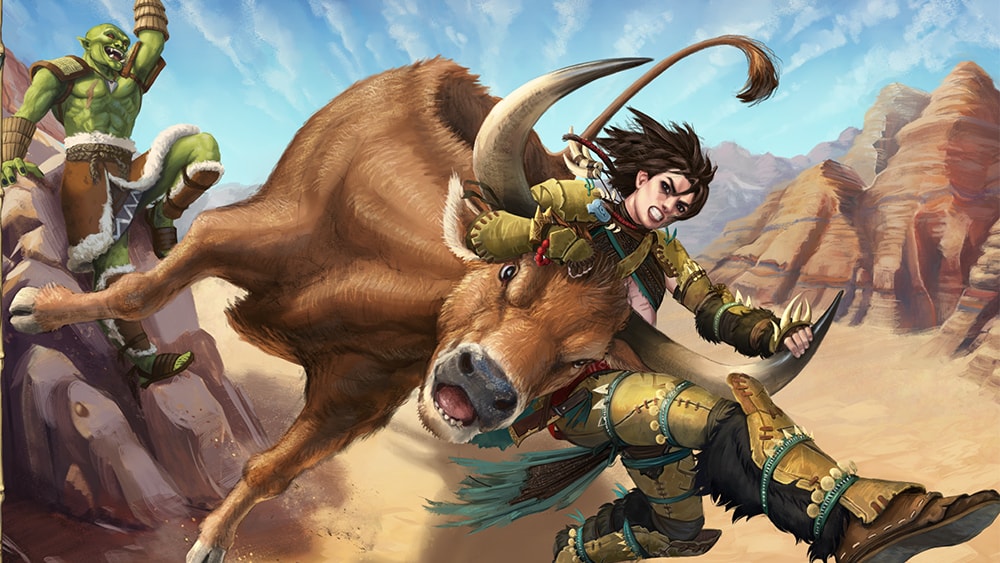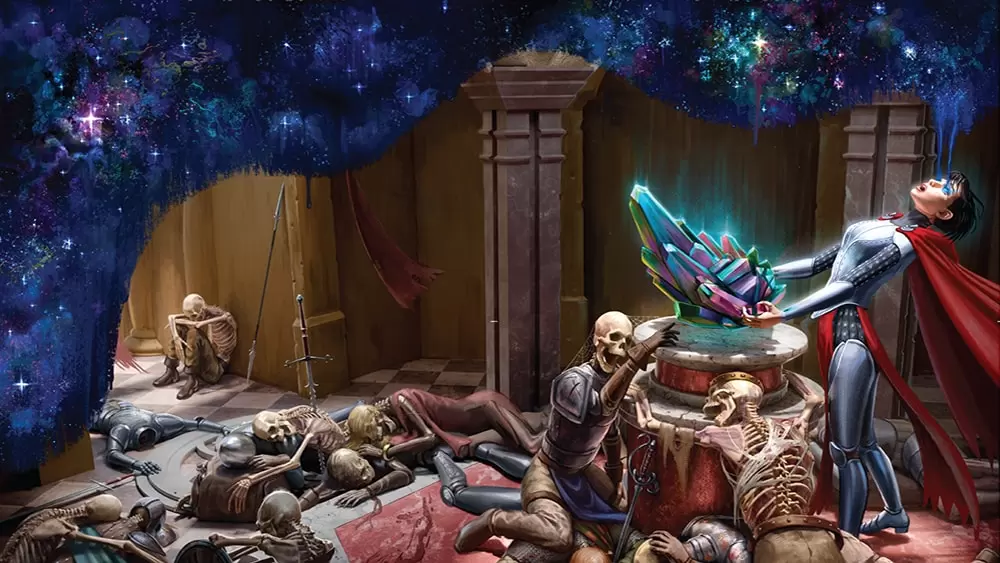
About the game:
We need only lower our gaze from the stellar night skies to the planet below to see that beauty surrounds us! The biomes of planet Earth are as diverse and wondrous as the living creatures that populate them, and ideally you’ll see more than your fair share of them in the strategic card game Subastral.
In the game, you collect cards that represent your notes on eight different biomes: subtropical desert, savanna, tropical rainforest, chaparral, temperate grassland, temperate forest, taiga, and arctic tundra. You start the game with three random cards in hand; each card depicts one of the eight biome types and is numbered 1-6. Eight cards are placed onto six clouds in the center of the table, with the deck to the left of the #1 cloud and a sun card to the right of #6.
On a turn, play a card from your hand onto the matching numbered cloud, then collect any pile of your choice to the left or right of the pile on which you played. If you choose a cloud to the left toward the deck, you add the cards on that cloud to your hand, then draw an additional card from the deck and add it to your hand. If you choose to the right toward the sun, you add those cards to your “journal”, which is your collection of cards. Cards from the same biome go in the same pile, and you build piles from left to right in your journal as you collect cards from new biomes, with those piles being numbered 1-8. To end your turn, you draw a card from the deck to fill the empty cloud space.
When you hit the “game end” card in the deck, complete the round, then play one additional round. Each player then scores for their journal in two ways: Score for your two biomes that have the most cards, with each card in those biomes worth as many points as the number of the pile. (In other words, whatever two biomes you start collecting last, you want to collect a lot of them since those cards will be worth the most points.) Next, you remove one card from each biome left to right until you hit an empty space or run out of biomes; the set is worth 1-36 points depending on the number of cards in it. Then you create another set collecting cards from left to right, etc. until your leftmost biome is empty.
Whoever has scored the most points wins!
Will your journal of research notes on the planet’s biomes be deep and diverse enough to stand out amongst your peers?
















